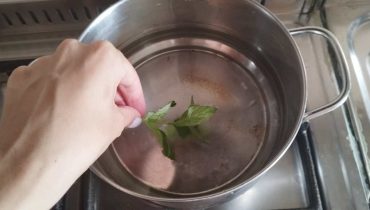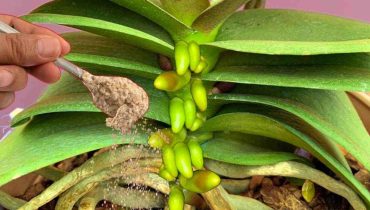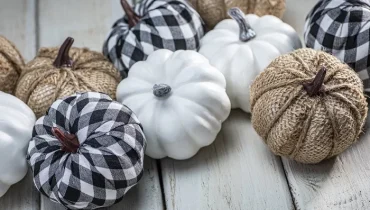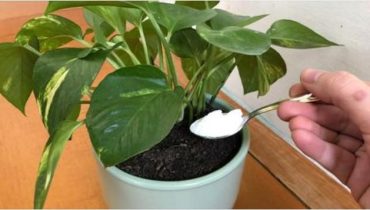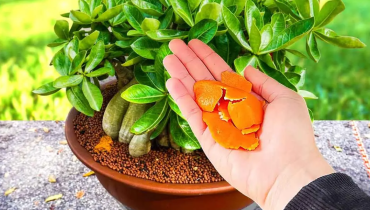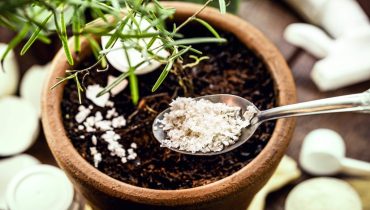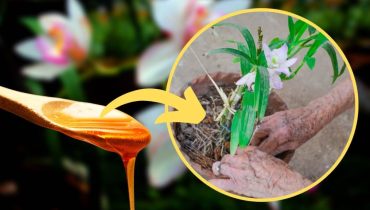The most effective trick for saving a dying orchid and getting it to bloom again
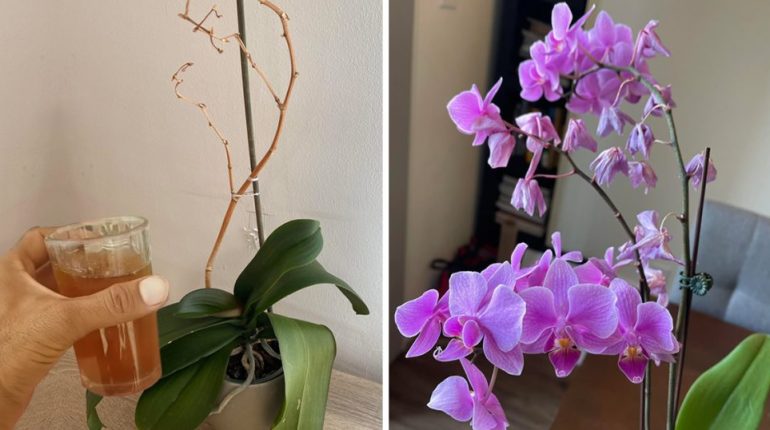
Posted October 17, 2023 by: Admin
Orchids are exotic plants, as fascinating as they are delicate, appreciated for their beauty and refinement. However, they can sometimes suffer from inadequate environmental conditions or improper care, resulting in a slow decline.
If you’re faced with a dying orchid, don’t despair! With a little care and some tips, you can help your plant revive and bloom again. In this article, we will explore some essential tips for reviving a dying orchid.
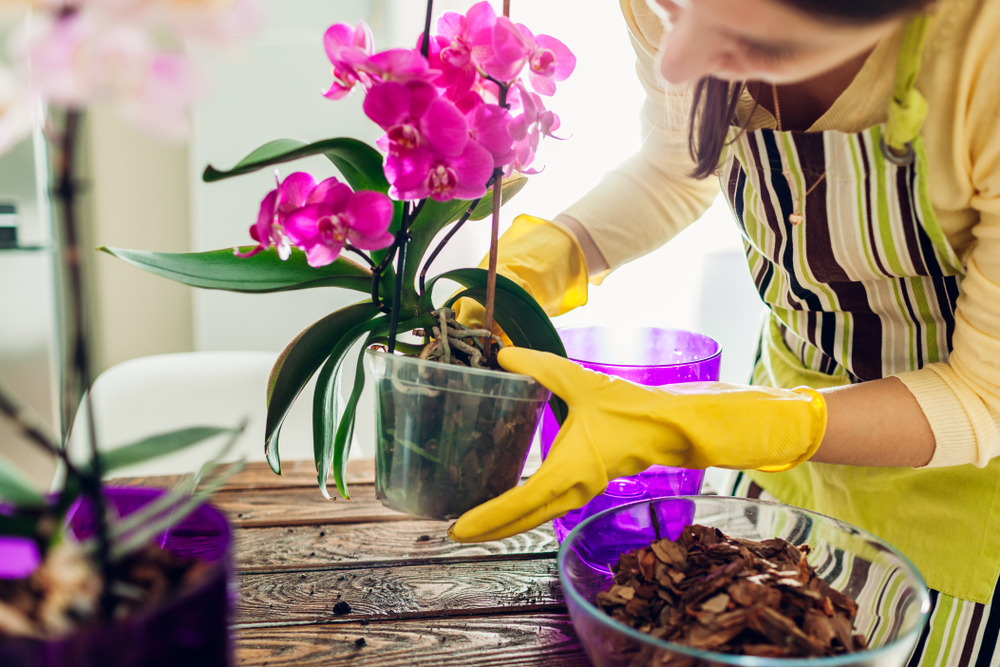
- Inspect the plant carefully: Before taking any action, carefully inspect your orchid. Look for yellowed or spotted leaves, dry or moldy roots, and faded flowers. This information will help you identify the problem and take appropriate corrective measures.
- Restore proper growth conditions: Orchids require specific conditions to thrive. Make sure to provide an adequate amount of light, but avoid direct sunlight during the hottest parts of the day. Maintain moderate daytime temperatures and a slight decrease at night. Humidity is essential for orchids, so use a humidifier or a water-filled tray to increase the humidity around the plant.
- Repot your orchid: If you notice moldy or damaged roots, you may need to repot the orchid. Choose a transparent pot with drainage holes and use a suitable orchid substrate, such as sphagnum or bark. Gently remove the orchid from the old pot, cutting away dry or moldy roots, and place it in the new substrate. Be sure not to bury the roots too deeply, leaving room for air circulation.
- Adjust watering: Overwatering or underwatering can cause problems for orchids. Ideally, water the plant only when the substrate is dry to the touch. Use room-temperature water rather than cold water, as orchids prefer warmer temperatures. Avoid water accumulation in the saucer to prevent root rot.
- Provide proper nutrition: Orchids need nutrients to survive and thrive. Use orchid-specific fertilizer with low nitrogen concentration. Apply the fertilizer every two to three weeks during the growing season and dilute it according to the manufacturer’s instructions.
- Careful pruning: Pruning can stimulate growth and encourage your orchid to bloom again. Once the flowers have faded, carefully cut the stem just above a lateral node or eye. This will encourage the plant to produce new shoots and flowers.
- Be patient: Reviving a dying orchid takes time and patience. Don’t expect immediate results, but watch for signs of improvement and continue to provide proper care.
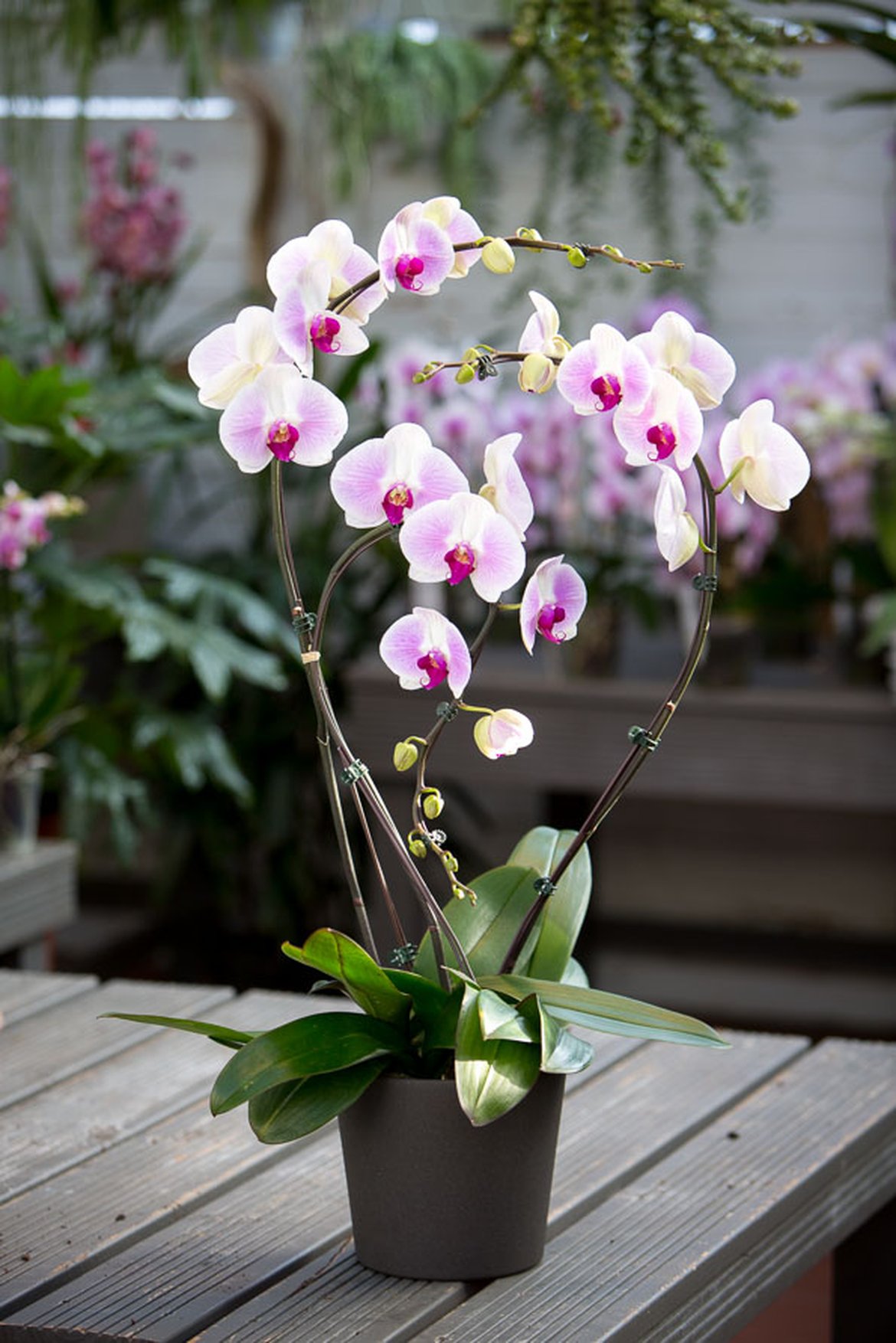
In the end, saving a dying orchid and making it bloom again requires a combination of attention, care, and knowledge of the plant’s specific needs.
Observe your orchid closely, provide the right growth conditions, adjust watering and nutrition, and don’t forget to check the roots. With a little love and dedication, your orchid might surprise you with a beautiful and lush bloom.




